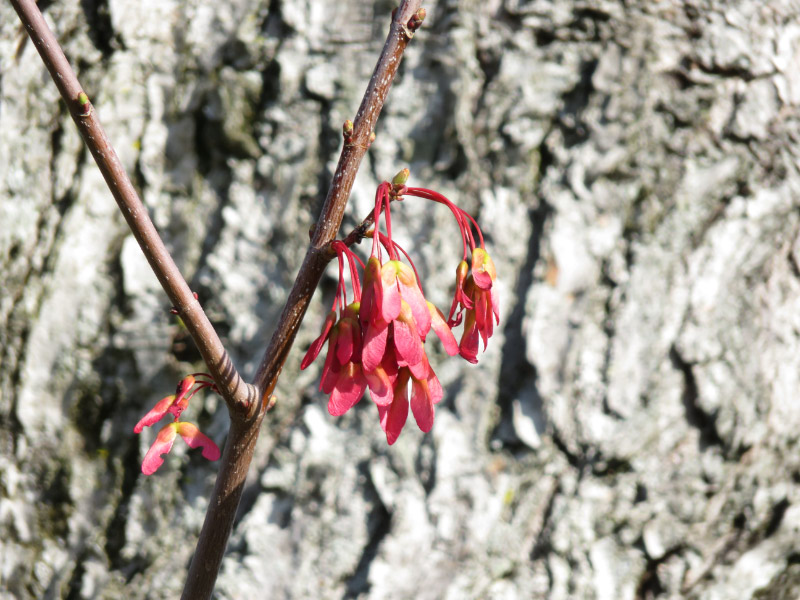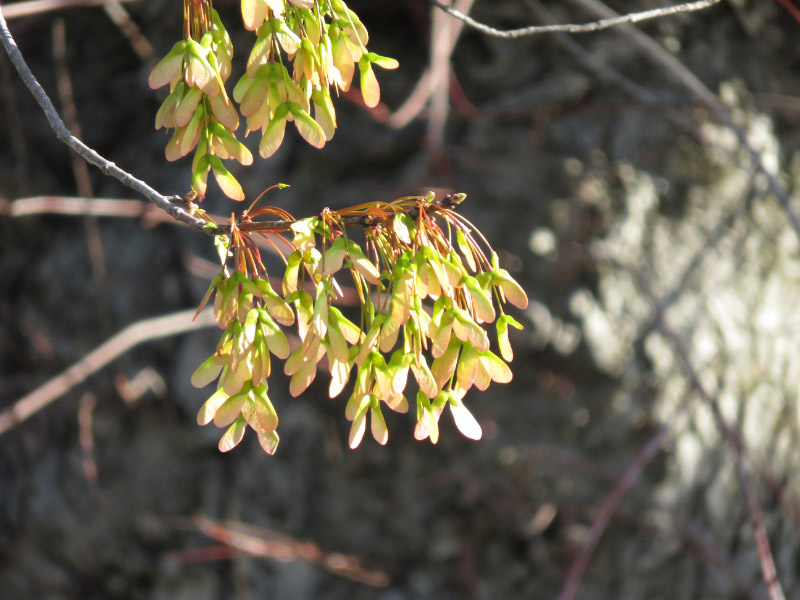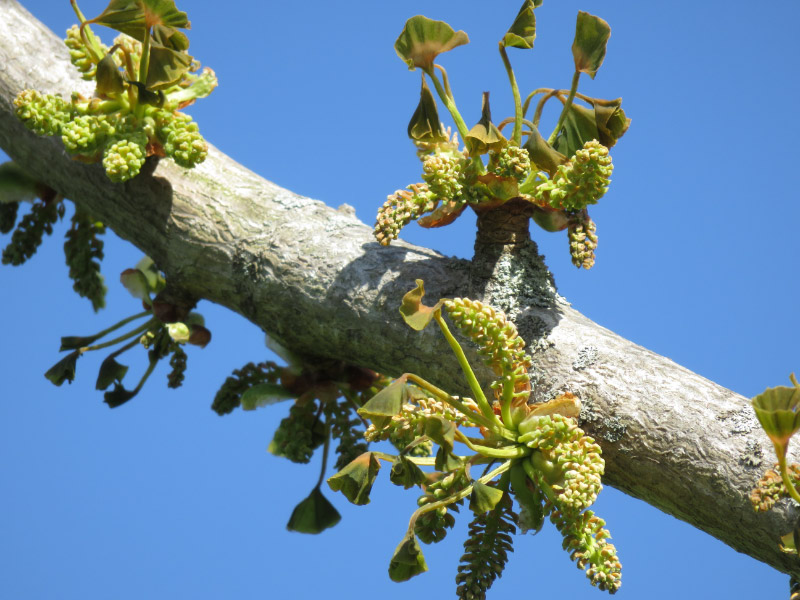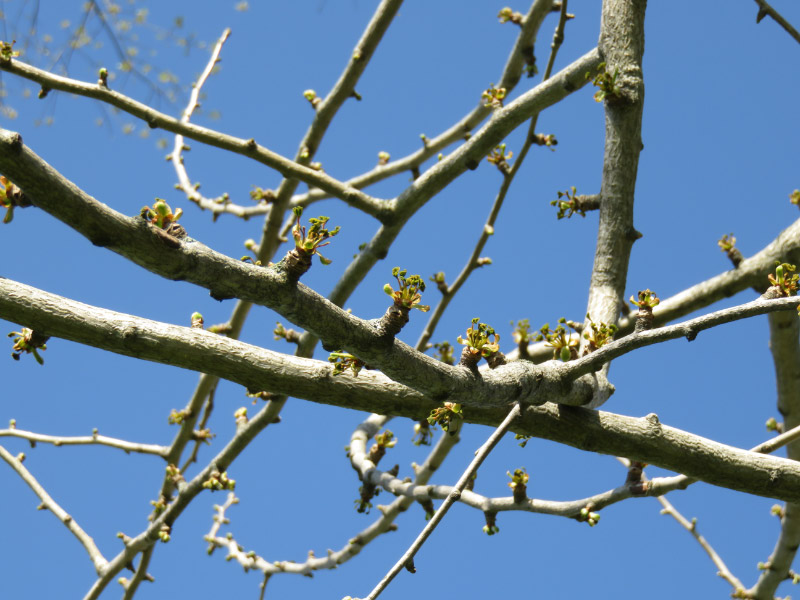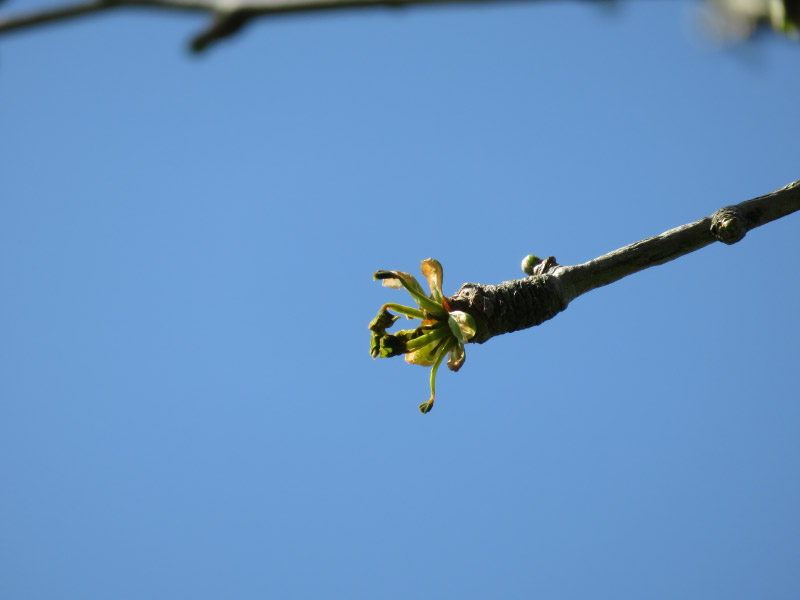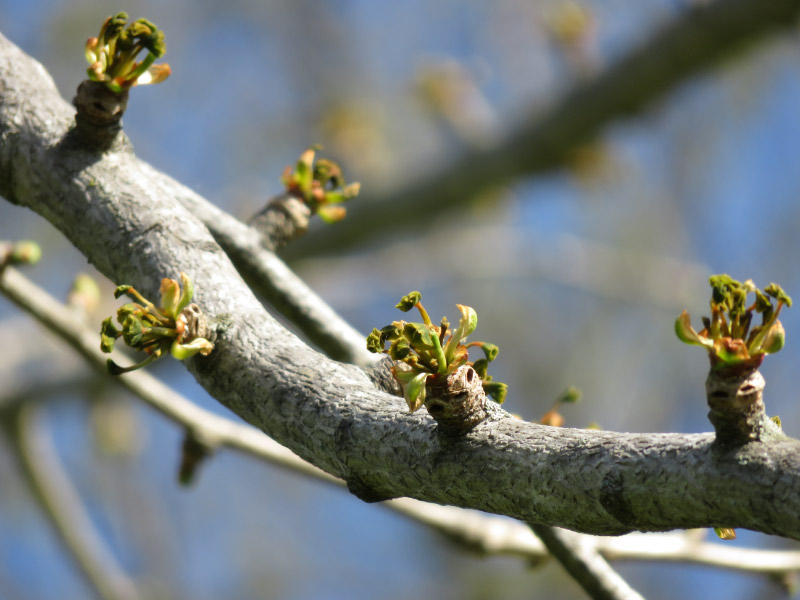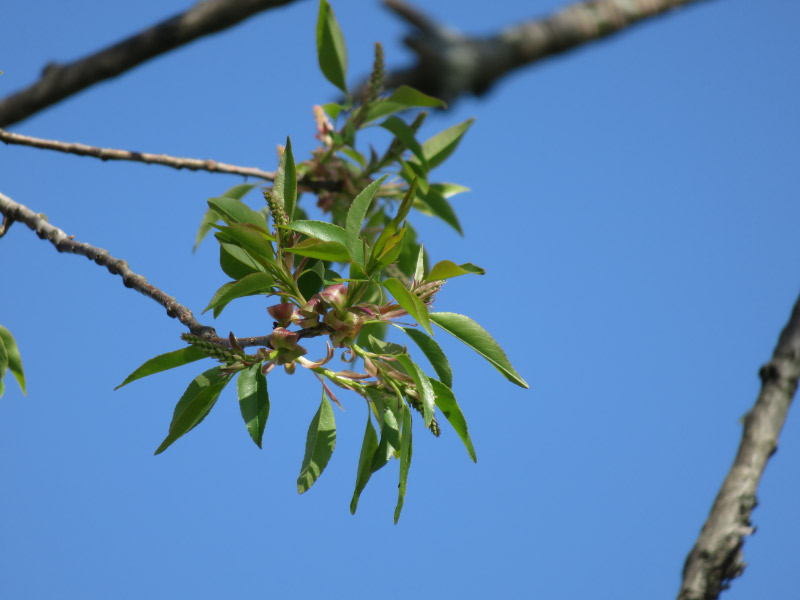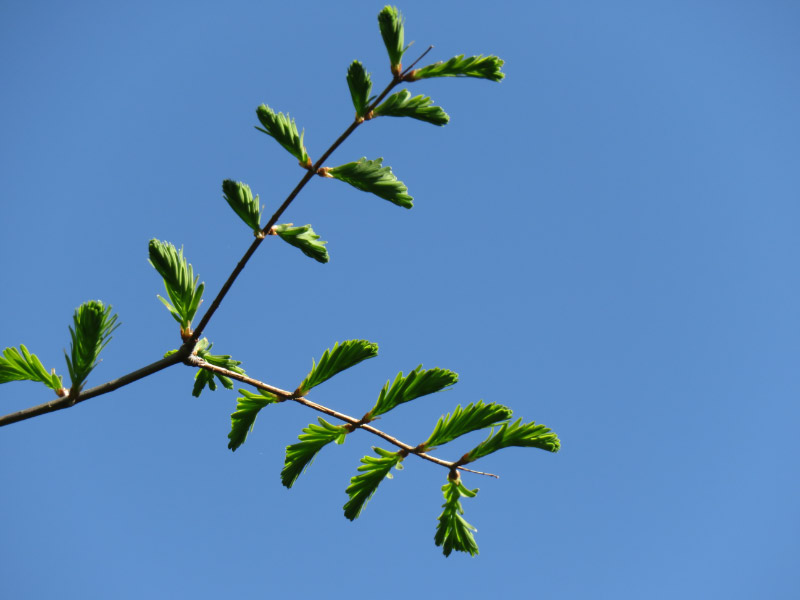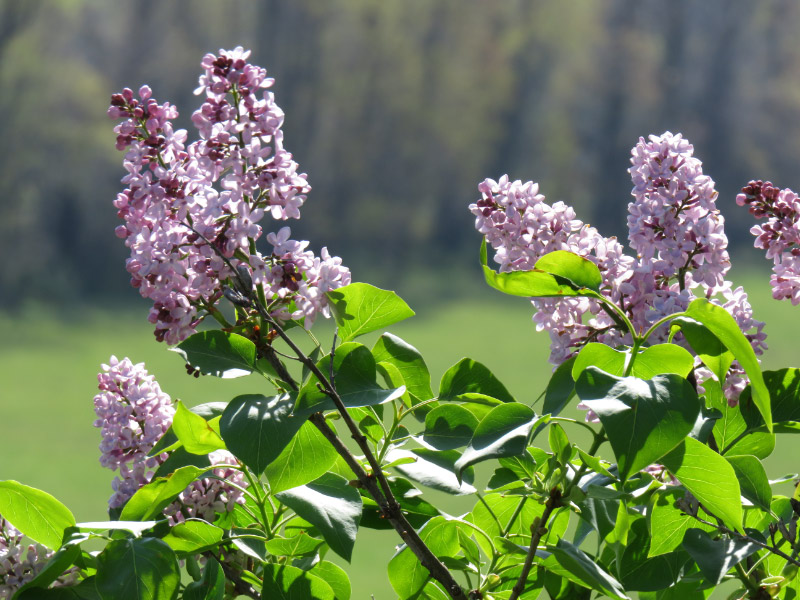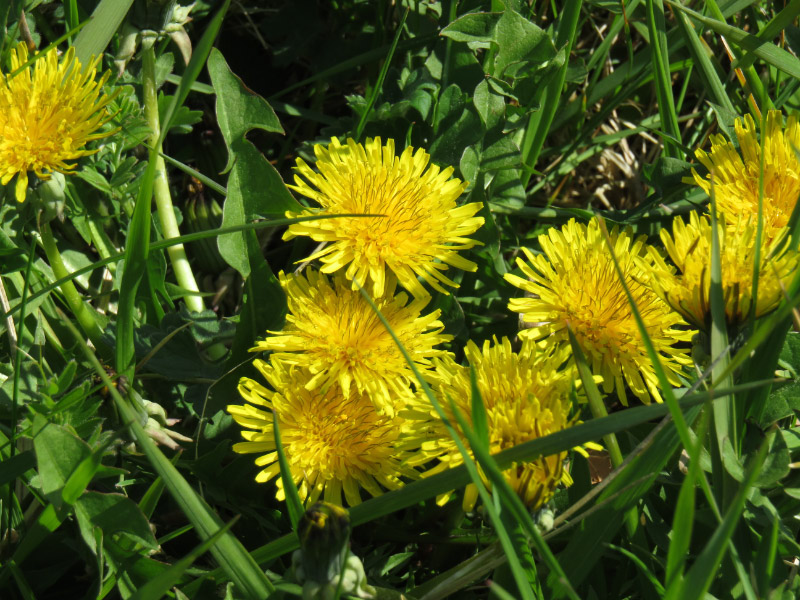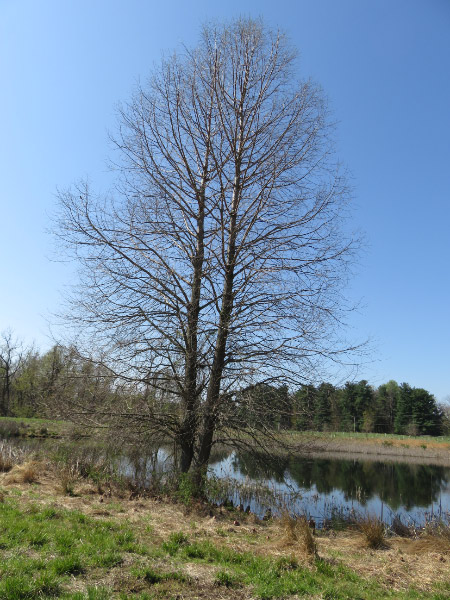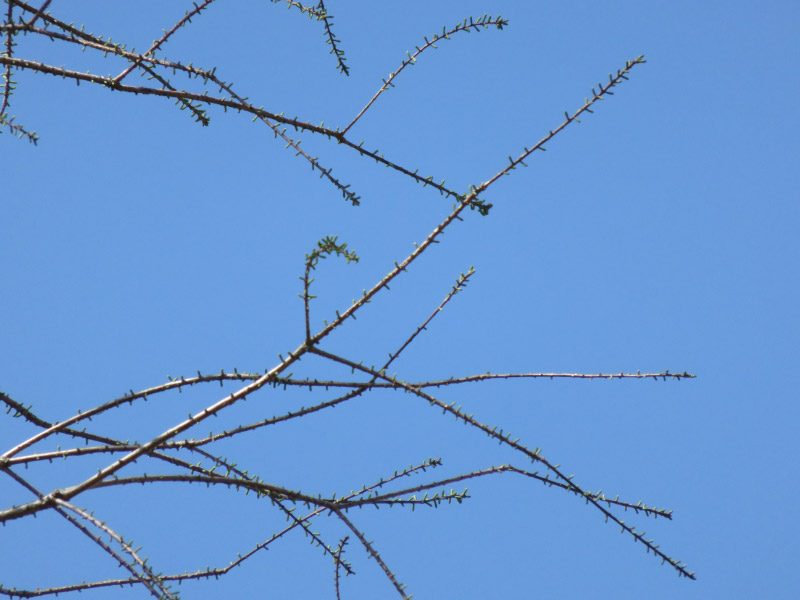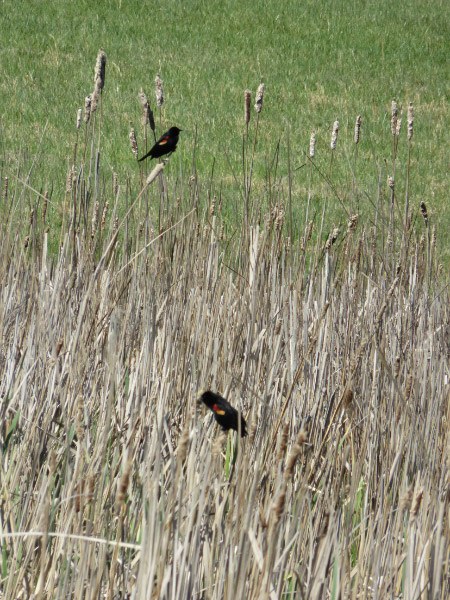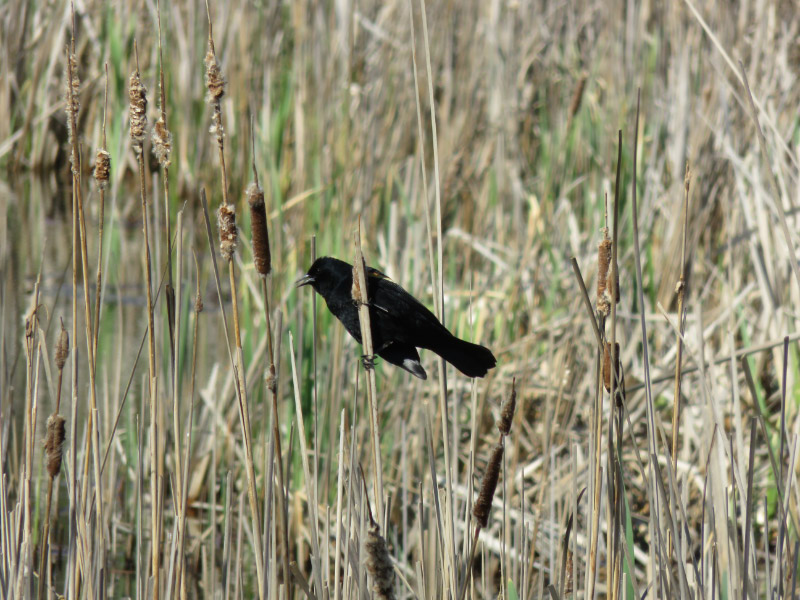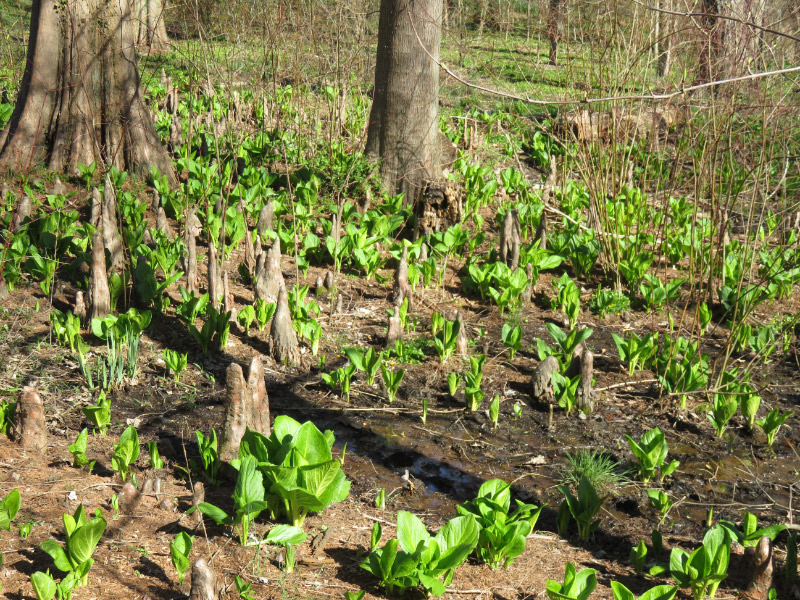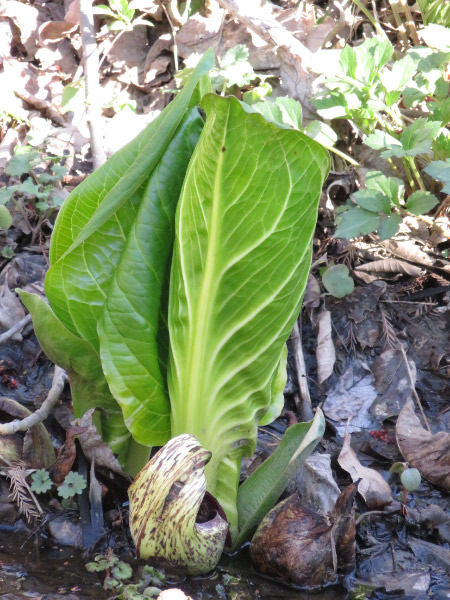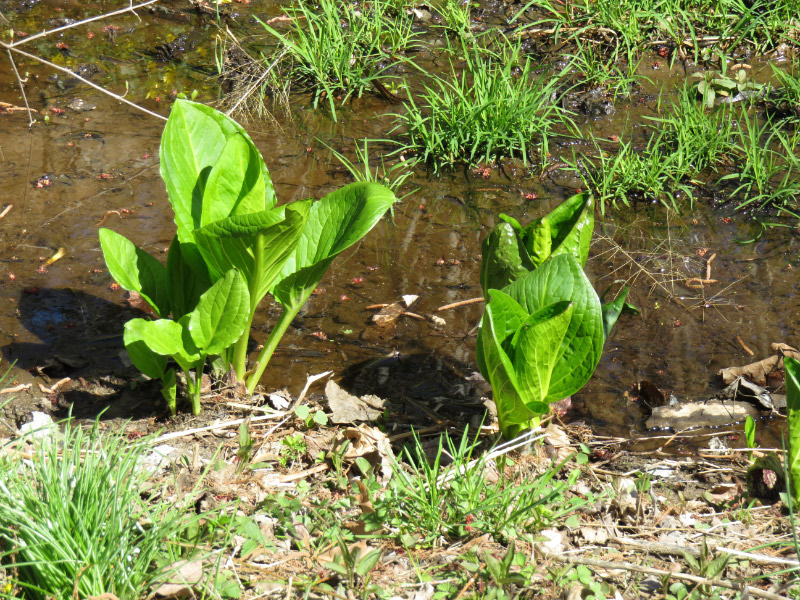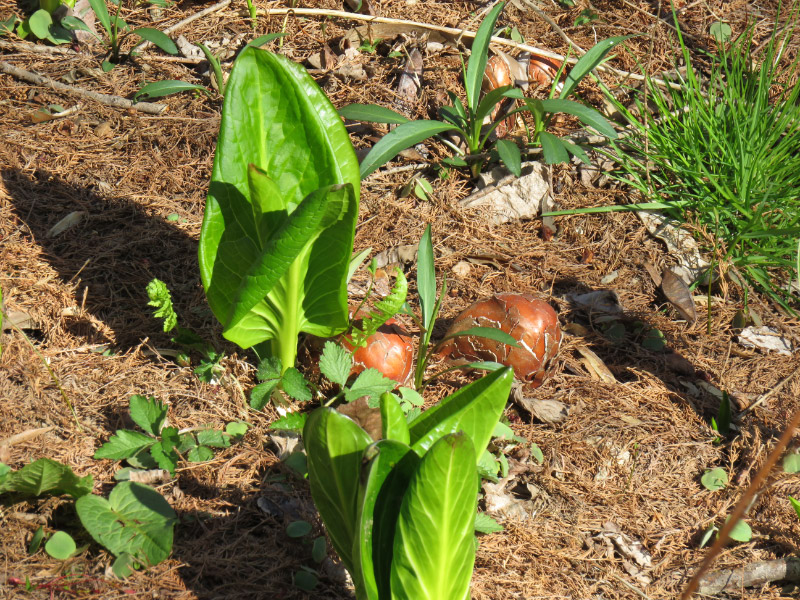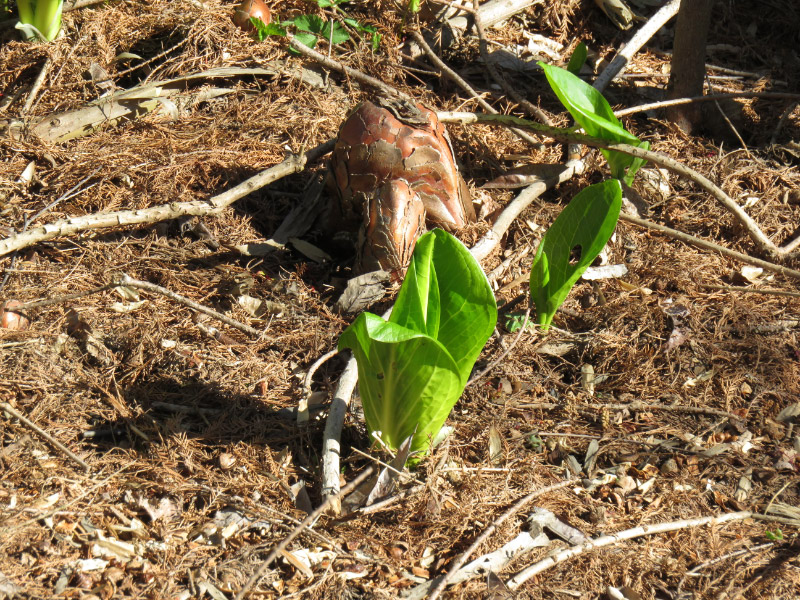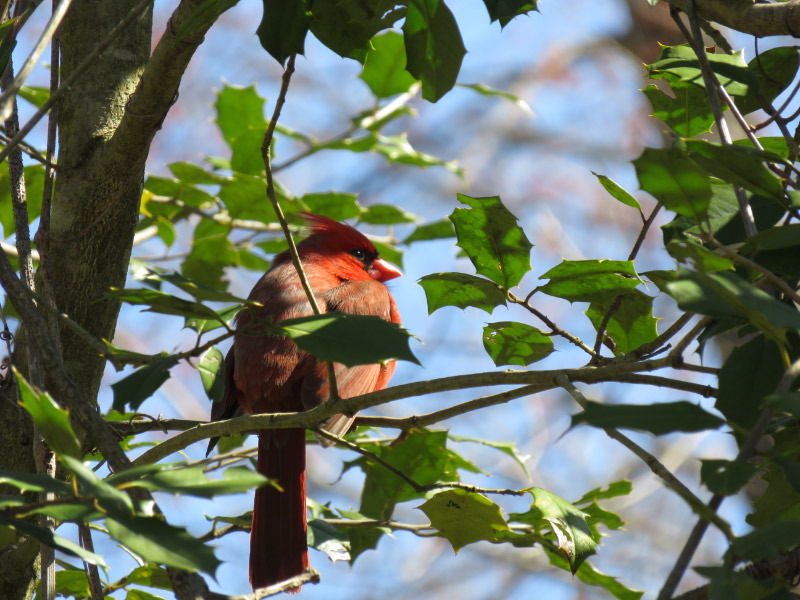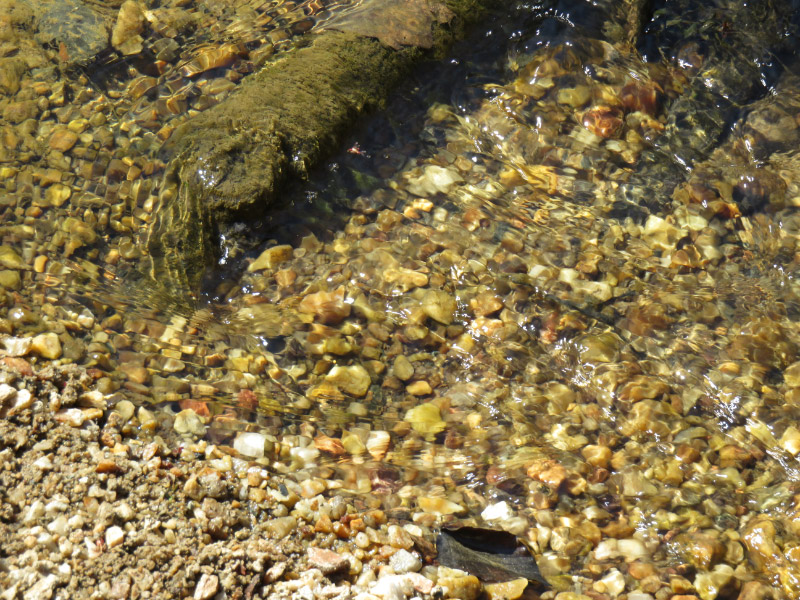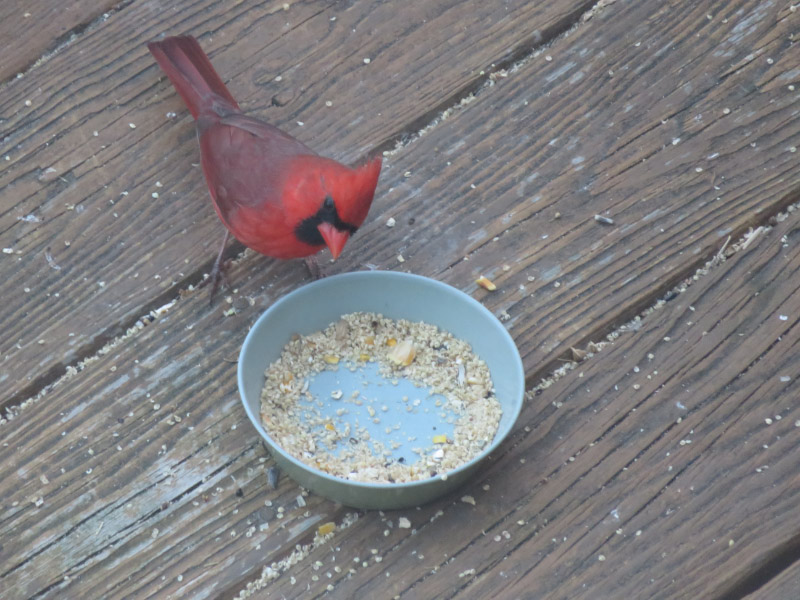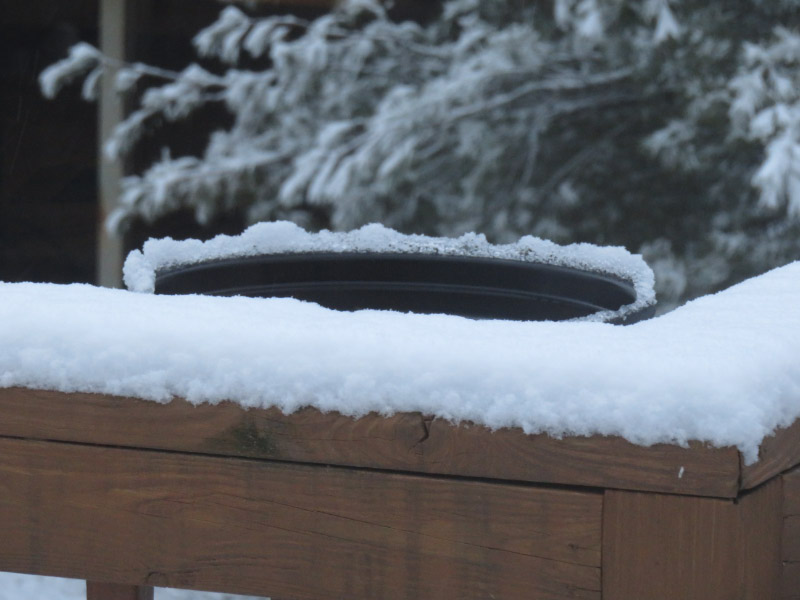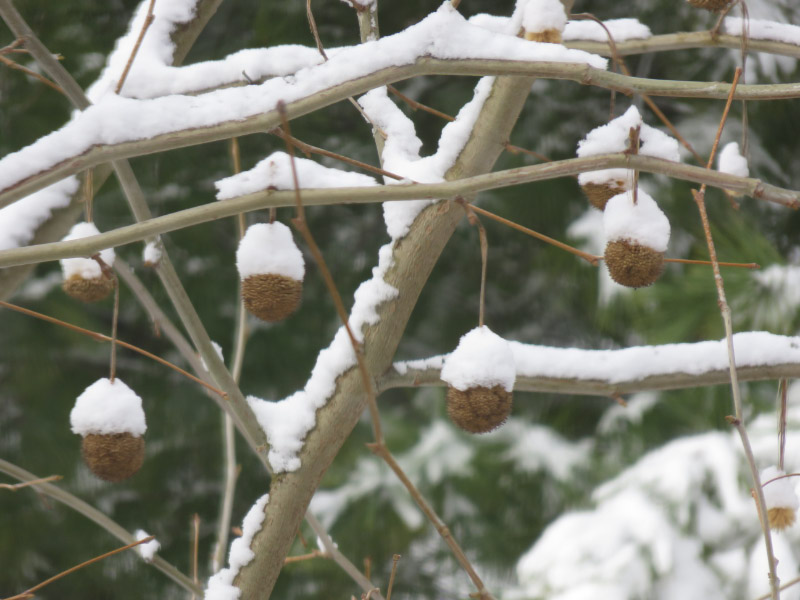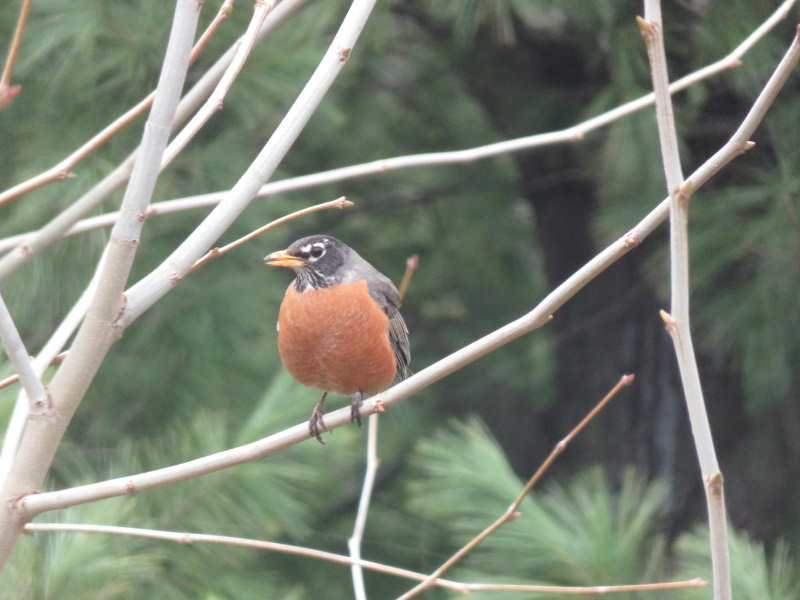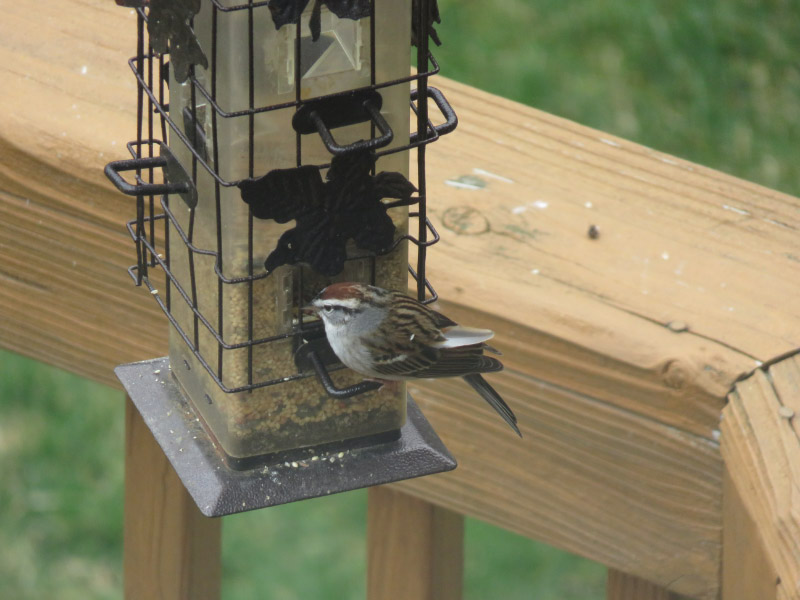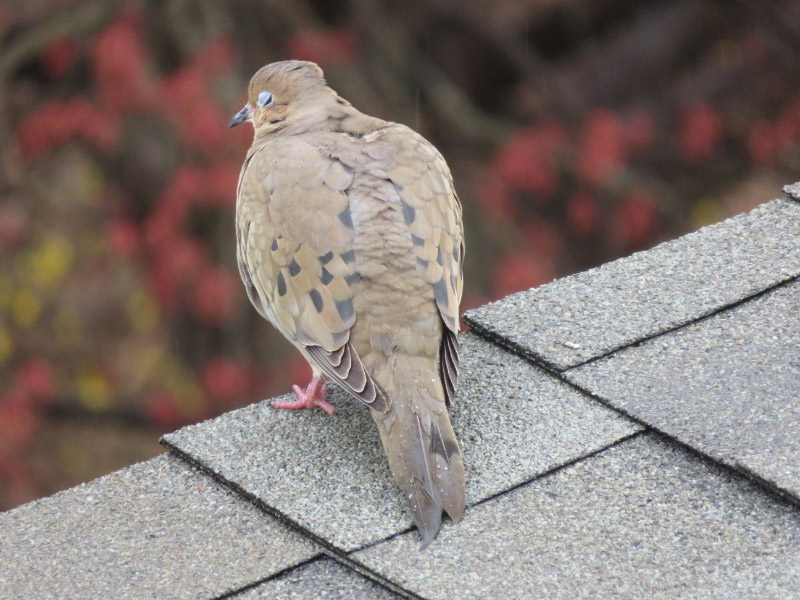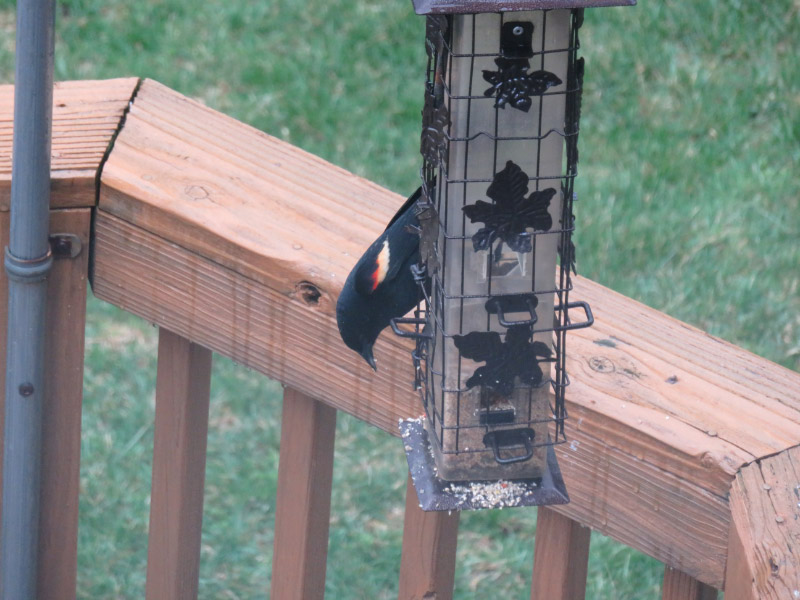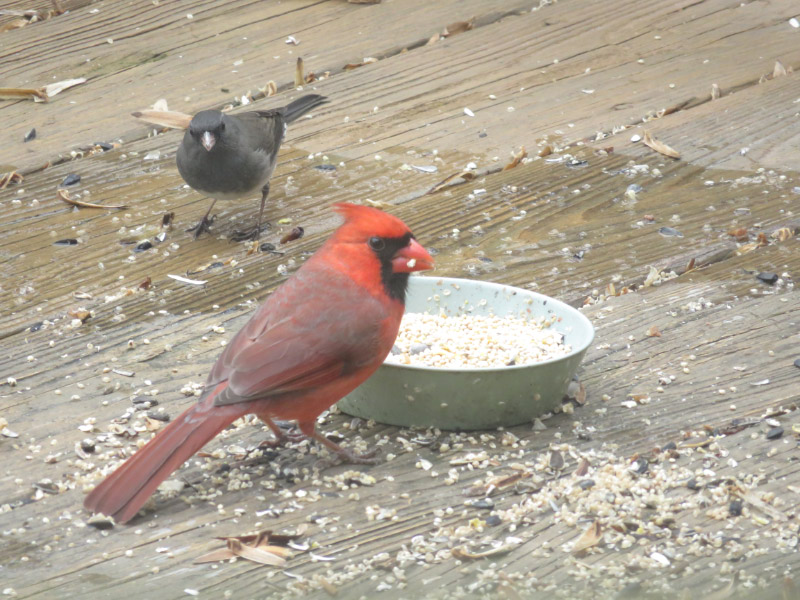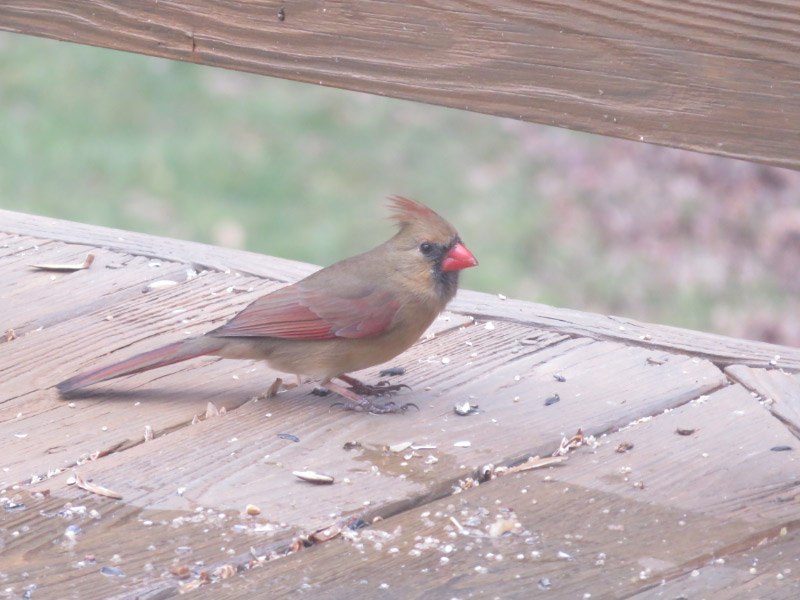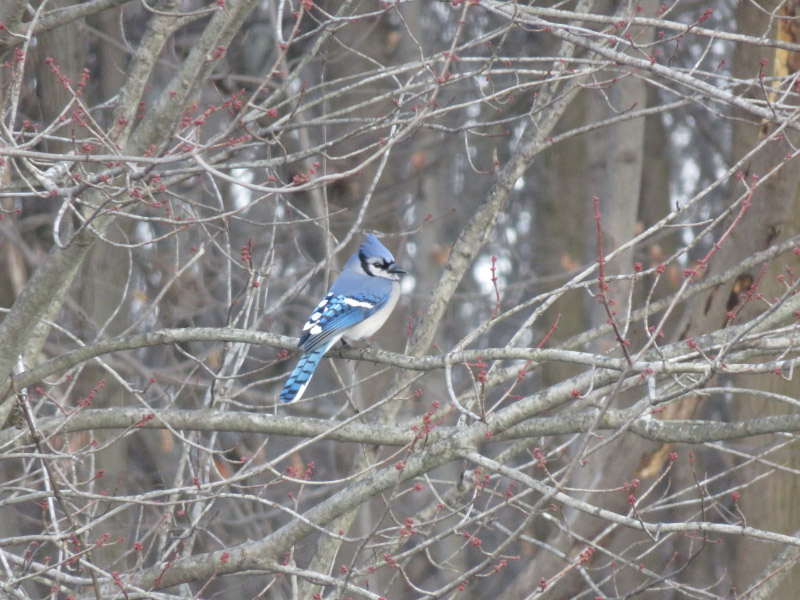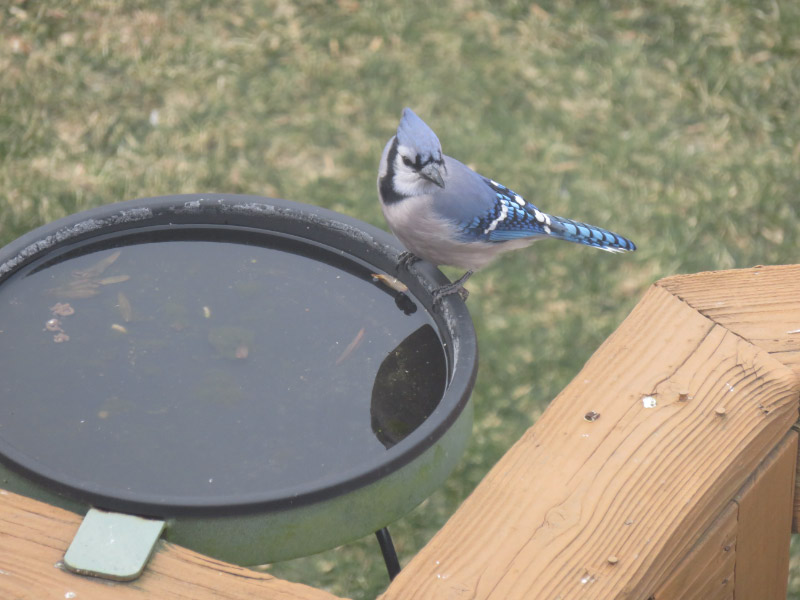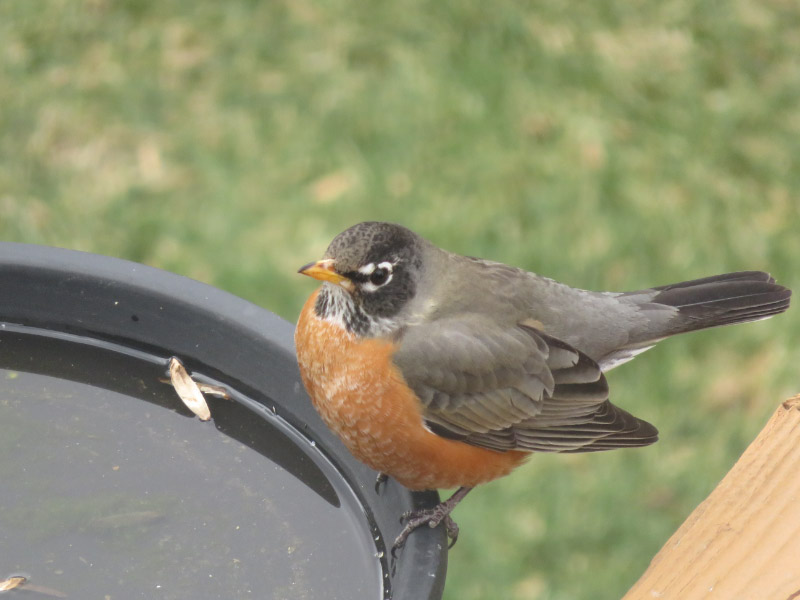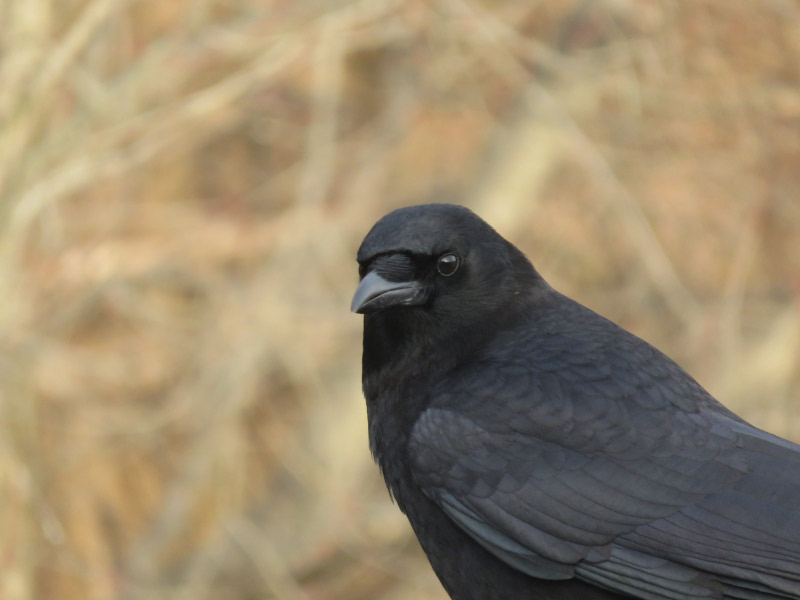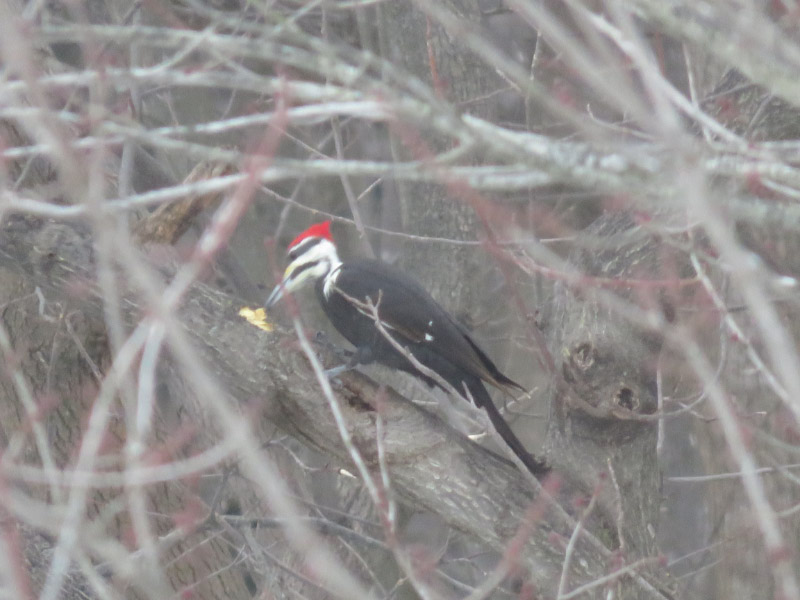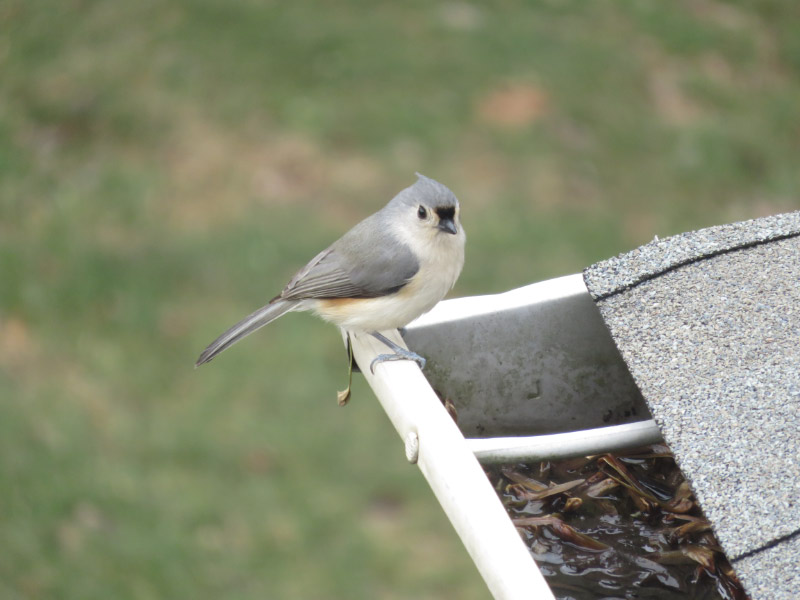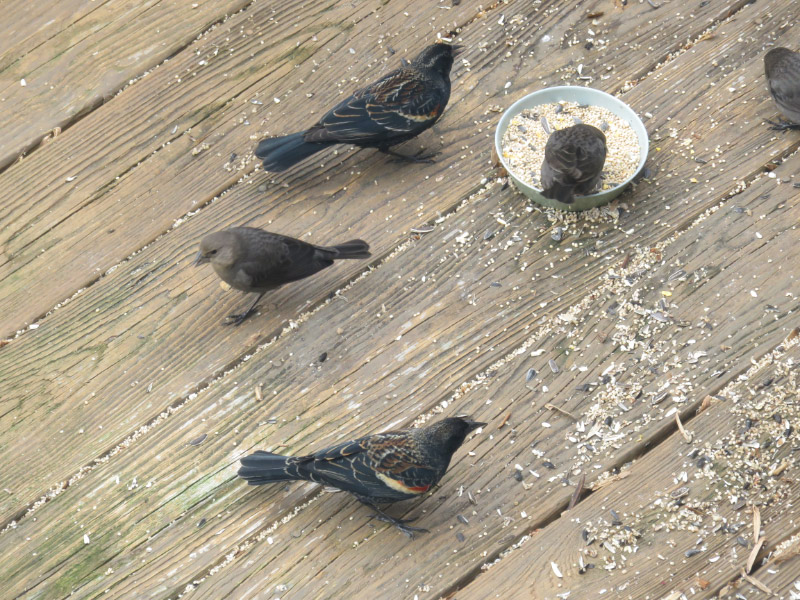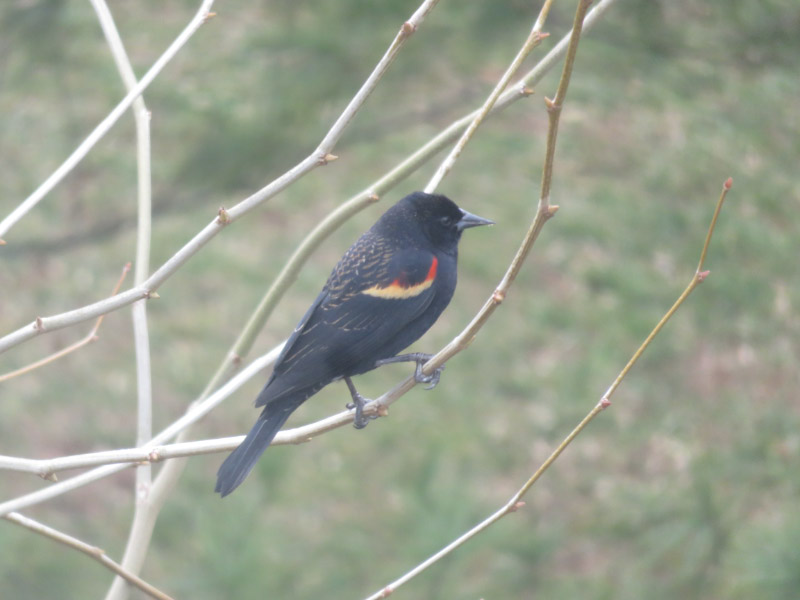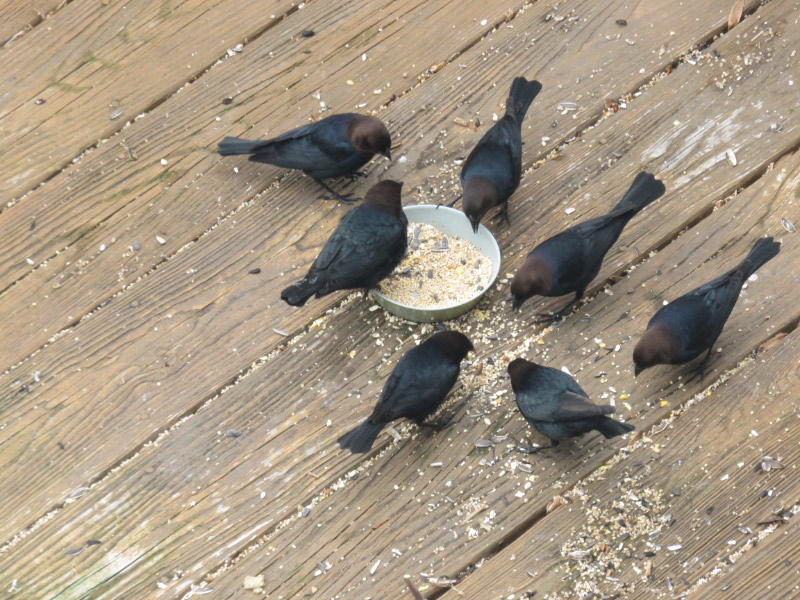Birds at Belmont with Pre-schoolers
/Last week I spent a day volunteering at Belmont for a pre-school field trip. I led an activity about birds – with the children sitting on a blanket and looking out over the meadow. There were 5 groups in all: 3 in the morning and 2 in the afternoon. We talked about birds using pictures of birds on a felt board and feathers (I whooshed a turkey feather through the air and they were surprised at the noise it made!) – but the real show was behind me at the bird feeders and the meadow and a high snag in a tree a little further away.
At the feeders: one group saw a nuthatch, several groups saw the grackle,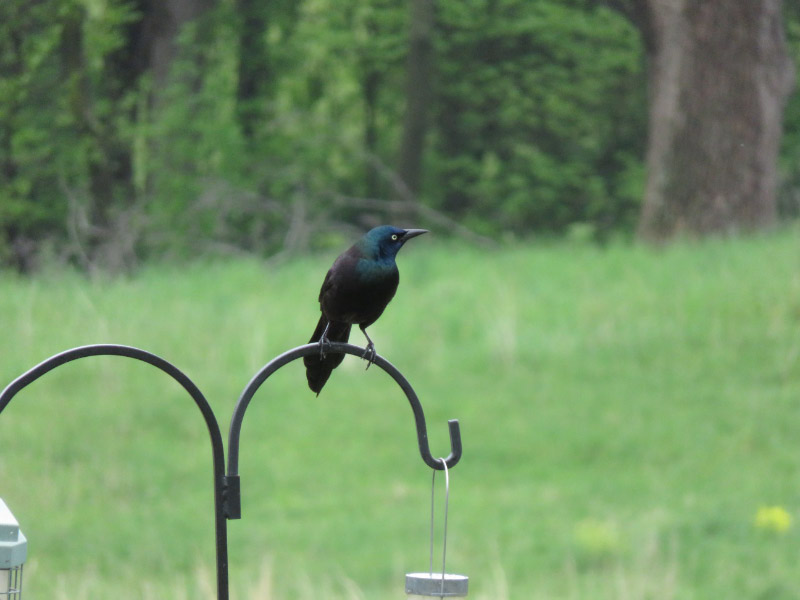
And all of them saw red-winged blackbirds.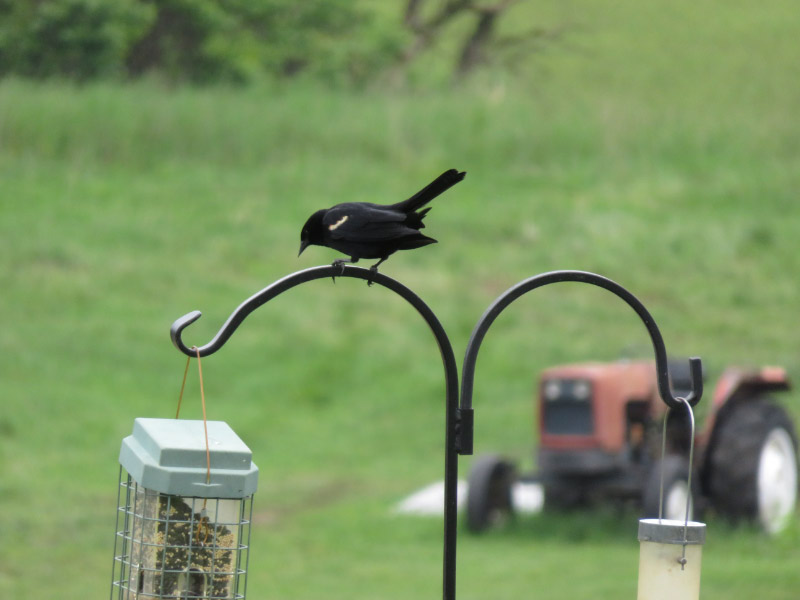
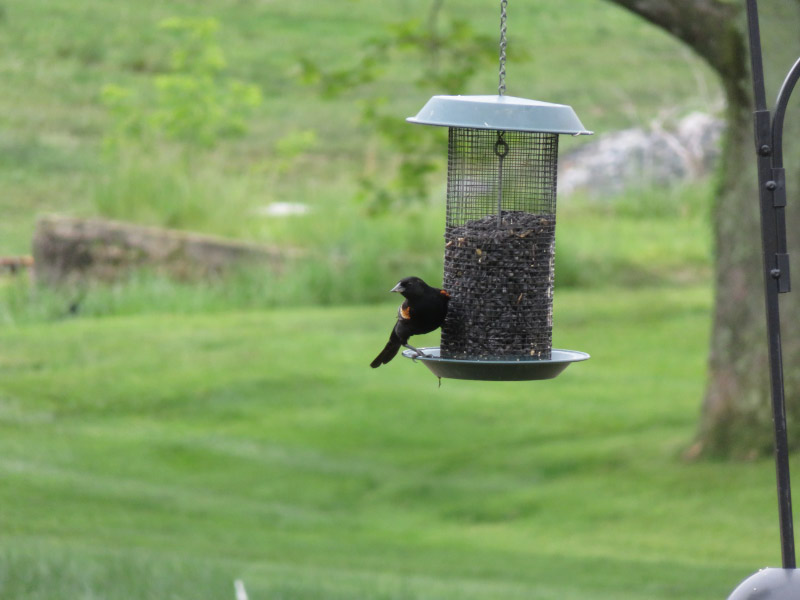
There were some ‘mystery’ birds at the feeder as well and birds we could hear but not see. But that just made it fun to listen and see how many birds we could hear.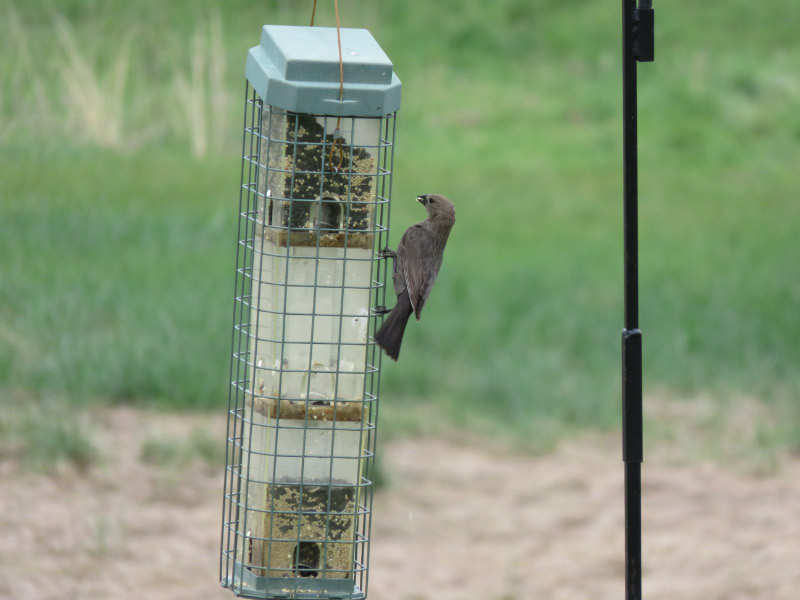
In the meadow, the mourning doves looked for food among the grasses dried from last year and the newly emerging plants. The red tailed hawk was in a high snag across the meadow for all the morning sessions! The afternoon sessions got a fleeting look at the red trailed hawk flying across the meadow and into the woods where we were hiking.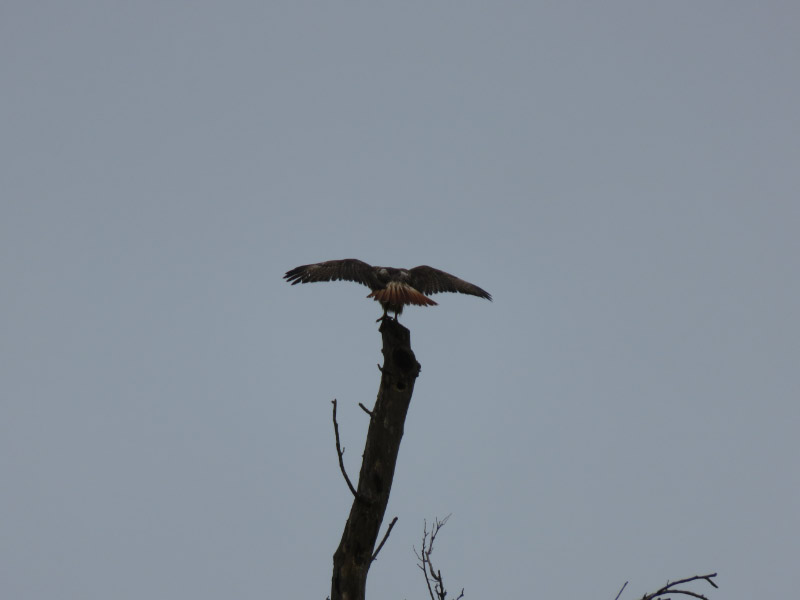
Toward the end of each session we listened to recorded birds sounds. The preschoolers were very tickled to discover that the recorded sound for ‘red-winged blackbird’ matched what they had been hearing all morning!

